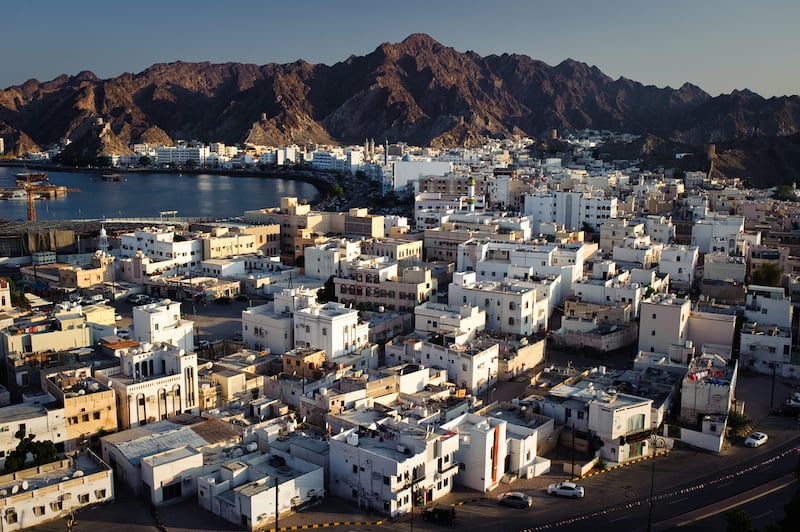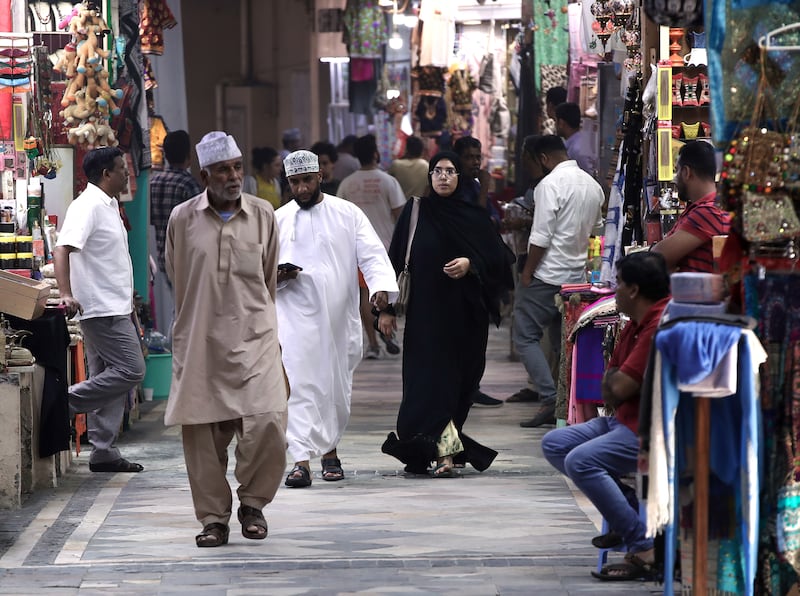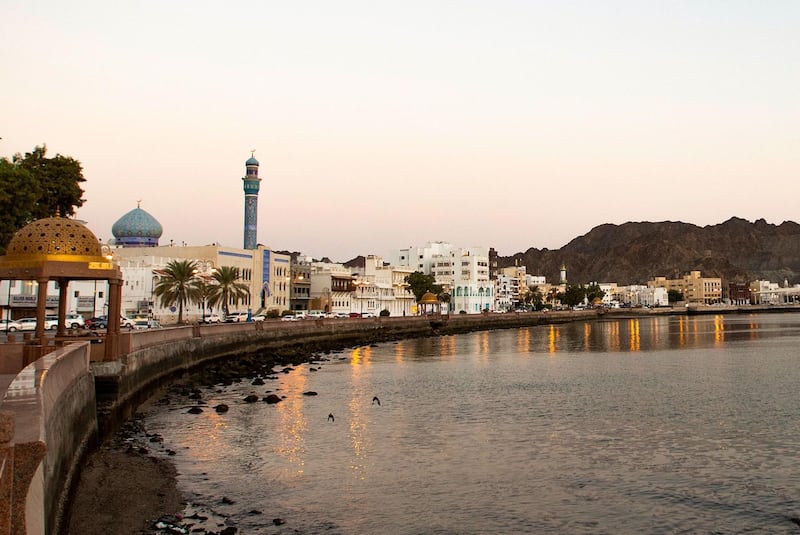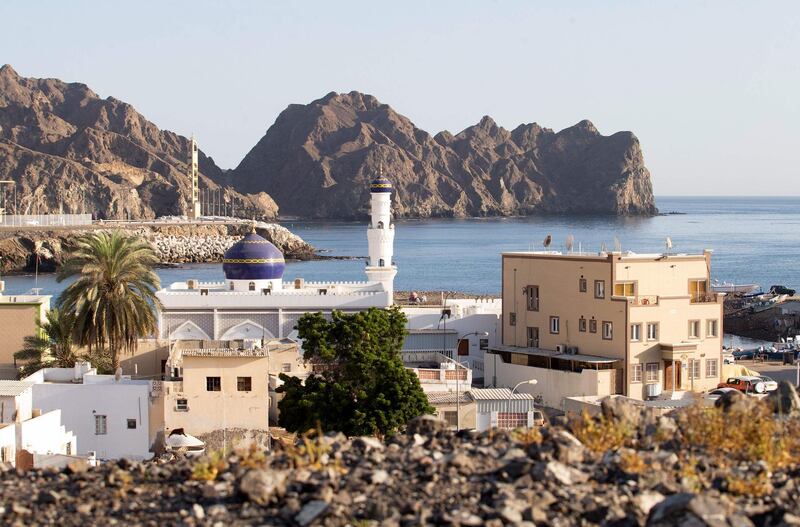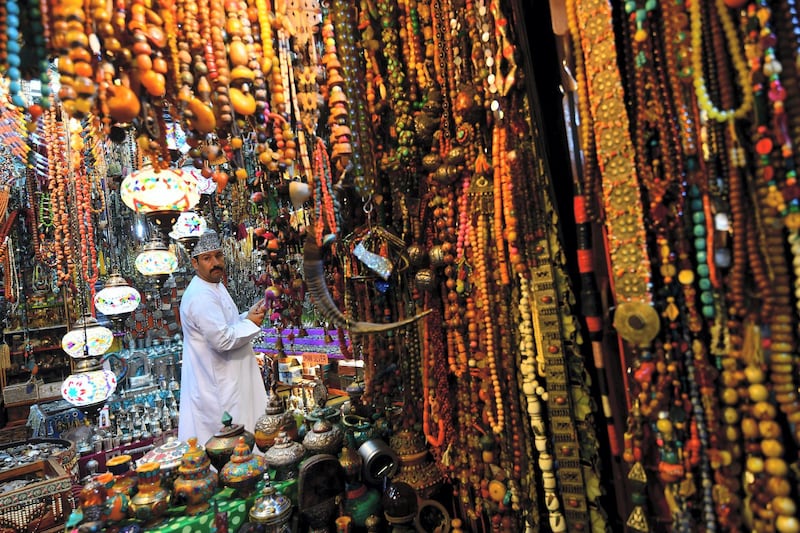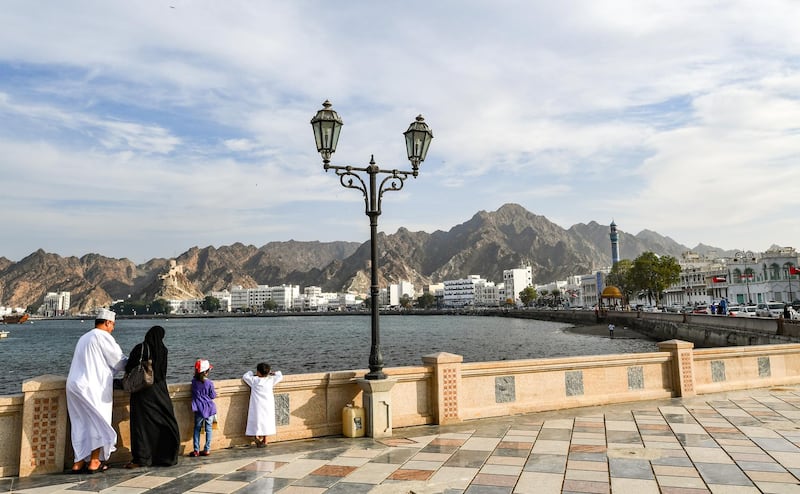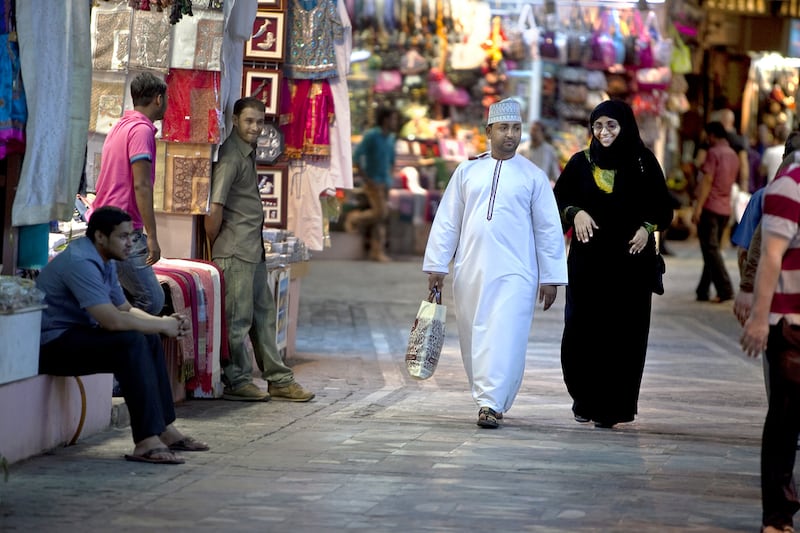Oman's economy is on a strong footing as it presses forward with its economic diversification initiatives, buttressed by favourable oil prices and fiscal reforms at a time when inflation remains contained, the International Monetary Fund has said.
Real gross domestic product grew by 4.3 per cent in 2022, primarily driven by a strong expansion of the hydrocarbon sector, the IMF said on Monday after a staff visit.
Economic growth is projected to slow to 1.3 per cent in 2023 and then rebound to 2.7 per cent in 2024, reflecting oil production cuts by Opec+ and moderate growth in the non-hydrocarbon sector “due to recovering but still-subdued construction activity, a slowdown in global economic activity and tighter financial conditions”, said Cesar Serra, who led the mission.
Oman's non-hydrocarbon growth is projected to rise to 2 per cent in 2023 and 2.5 per cent in 2024, from 1.2 per cent in 2022.
Meanwhile, headline inflation eased to 1.1 per cent annually by April, from 2.8 per cent year on year in 2022, reflecting lower food inflation and a stronger US dollar.
“Substantial oil windfalls and fiscal consolidation have boosted fiscal and external positions,” Mr Serra said.
Brent, the global benchmark for two thirds of the world's oil, soared to a notch under $140 a barrel in March last year, the highest in 14 years, after Russia’s military offensive in Ukraine.
However, sluggish economic growth in China and the strong possibility of a recession in several economies weighed on the market and dragged prices lower.
Despite the price volatility, Brent gained about 10 per cent last year, after jumping 50 per cent in 2021, while West Texas Intermediate ended up about 7 per cent higher last year, after a 55 per cent surge in 2021.
Oman's fiscal balance reached a surplus of 7.5 per cent of GDP in 2022 and is expected to remain in surplus over the medium term on the back of favourable oil revenue and fiscal measures introduced by the government, the IMF said.
Central government debt as a share of GDP declined significantly to 40 per cent in 2022, from 61.3 per cent in 2021, as authorities used the oil windfall to repay government debt.
State-owned enterprises' debt as a share of GDP also declined to 28.8 per cent last year, from 40.7 per cent in 2021, on the back of asset divestments, improved performance and debt repayments, the fund said.
Last year, the country's current account recorded its first surplus since 2014, at 5.2 per cent of GDP, and is projected to remain in surplus over the medium term, the IMF said.
The sultanate, the largest non-Opec producer in the Middle East, launched a three-year fiscal stability programme in October to add to the momentum of its economic recovery from the coronavirus-driven slowdown and support the development of the country’s financial sector.
“The banking sector remains sound. Profitability has recovered from pandemic lows. Banks display ample capital and liquidity buffers. Asset quality remains strong while credit to the private sector continues to expand,” Mr Serra said.
Overall, the near to medium-term outlook is favourable and risks to the outlook are balanced, he said.
“Going forward, the authorities’ structural agenda under Oman’s Vision 2040 will support stronger, private sector-led, job-rich non-hydrocarbon growth while entrenching fiscal and external sustainability,” Mr Serra said.
The IMF also called for greater labour market flexibility, enhanced social protection and insurance, improved tax collection efficiency, an accelerated pace of digitalisation, the development of the financial sector and investments in green energy.
